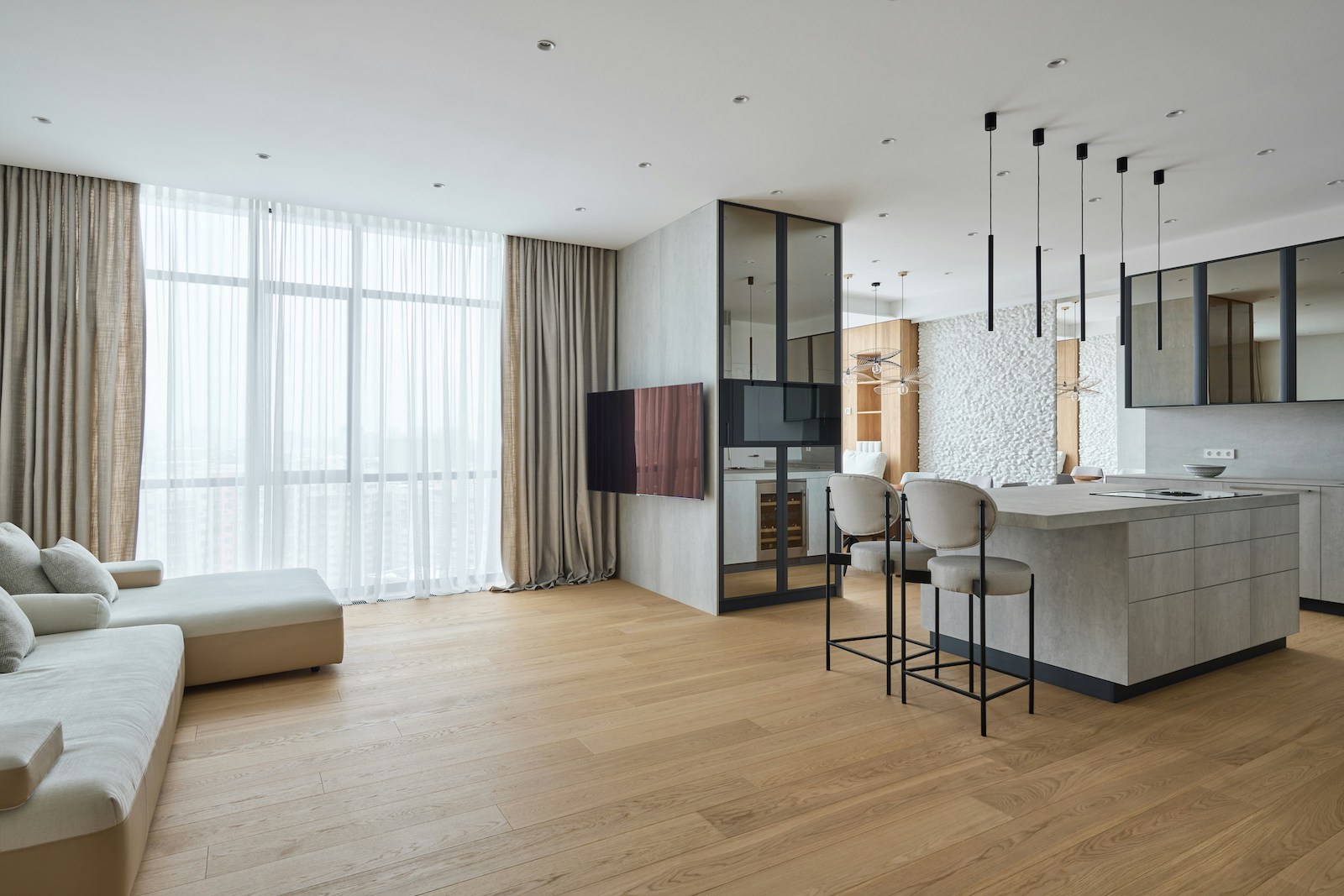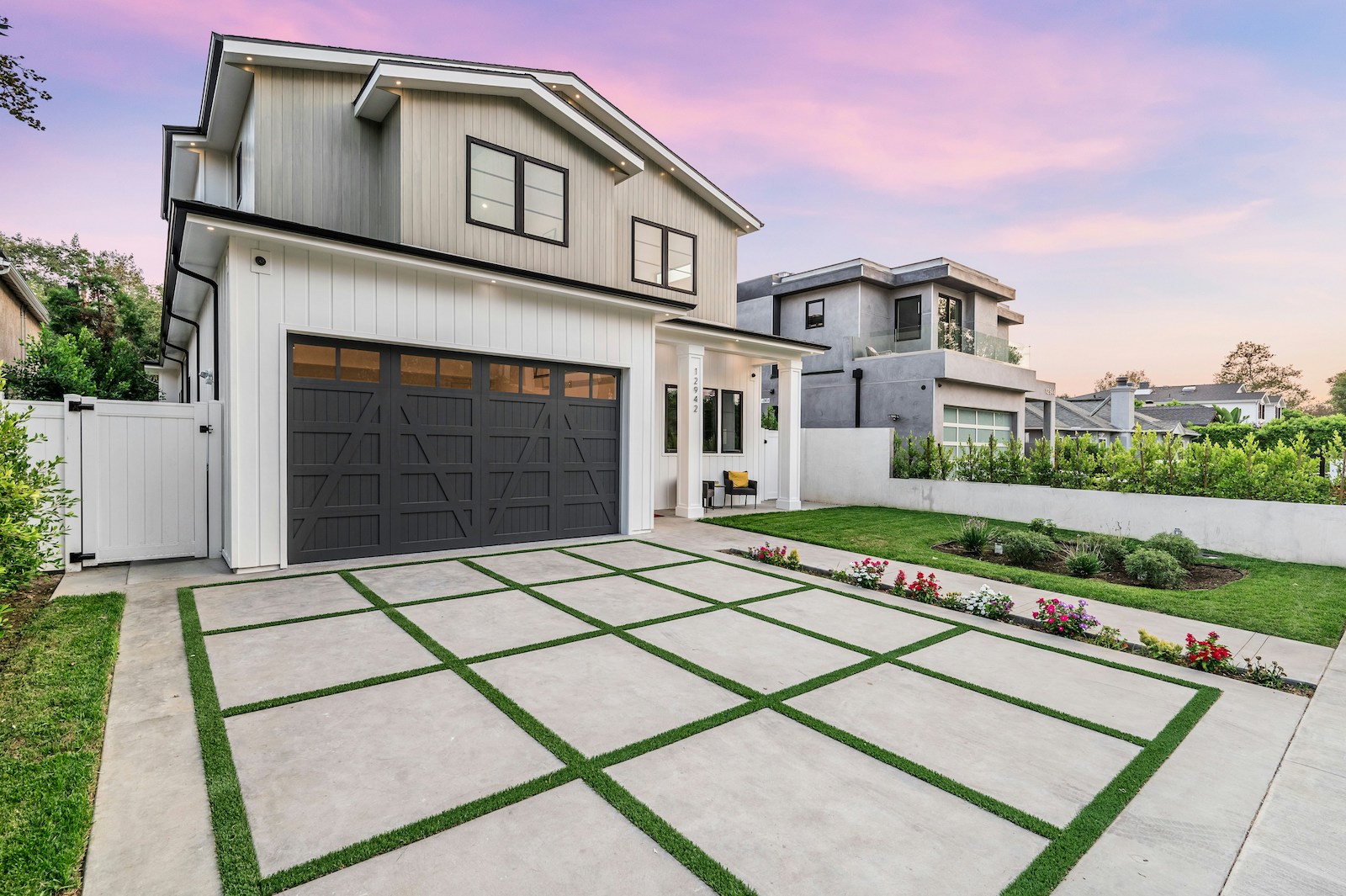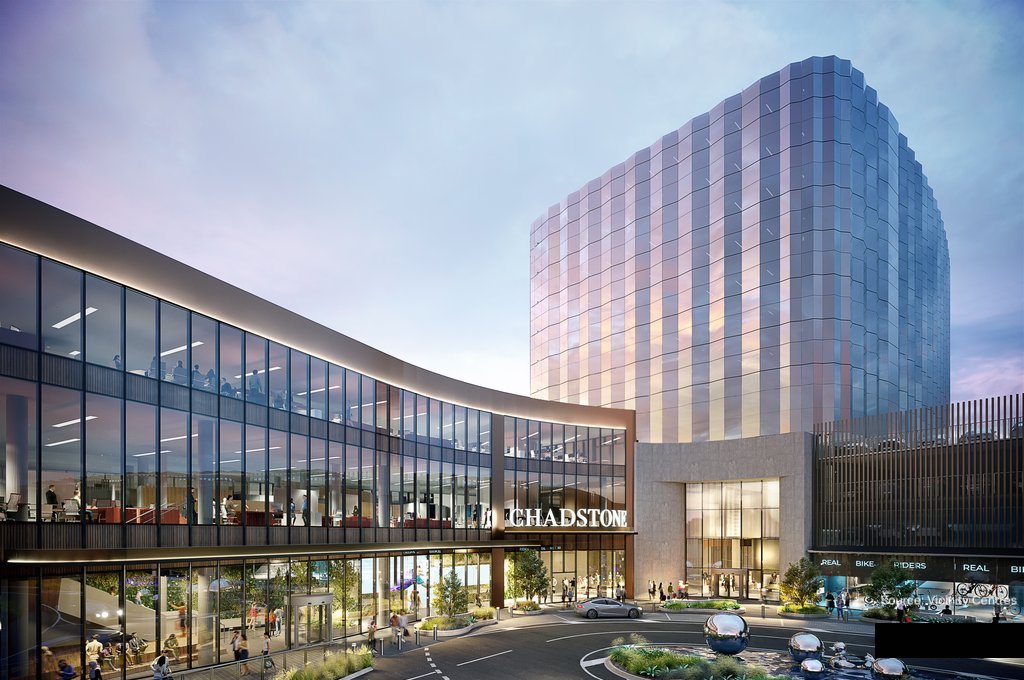The BTR boom: How institutional investment is shaping Australia's urban landscape

The rise of build-to-rent (BTR)
Australia’s housing market is undergoing a quiet transformation. Whilst headlines often focus on skyrocketing home prices or rental stress, there is another story unfolding. It is the rise of build-to-rent (BTR).
In the BTR model, housing (typically high-rise units) is purpose built for rent rather than sale. They're owned by a single landlord and professionally managed. This model is gaining serious momentum across Australia. Backed by deep-pocketed global investors seeking moderate but stable returns. BTR is reshaping how we think about renting and city living.
This article explores where Australian BTR stands today. How foreign institutional capital is driving its growth. And what mature markets like the UK can tell us about its future.
The State of the Market: Where we are today
Australian BTR has grown significantly over the past five years. There were over 10,000 completed BTR units in Q1 2025. Double the Q1 2024 number, with another 65,000 at various stages in the pipeline and concentrated in major cities1.
Melbourne accounts for the most operational units, reflecting favourable economic viability and planning rules. Brisbane is next, buoyed by a strong rental market, population growth and government incentives. Sydney coming in third.
A few key factors explain Australian BTR’s explosive growth.
- Affordability challenges - high house prices means more people are renting for longer. This increases the demand for professionally managed, high-quality rentals.
- Chronic rental shortages - low vacancy has made long-term rental housing more valuable to investors.
- State-level support - has underpinned the investment case, especially land tax concessions in Victoria, Queensland and more recently NSW.
- Quality & speed - the BTR model appeals to renters looking for high quality units and for governments trying to ease supply constraints quickly.
Who is Backing the Boom? The role of foreign institutional investors
Unlike traditional residential rentals, BTR relies on institutional investors, such as pension funds, real estate investment trusts (REITs), and global asset managers.
An analysis of the major players active in Australia demonstrates their importance. For example:
- Mirvac - a pioneer in the local BTR market, operates the Liv platform backed by international capital from Mitsubishi Estate.
- Oxford Properties - a Canadian investor, has teamed up with Investa to create the Indi BTR platform.
- Greystar - a US-based global BTR leader, is co-investing capital with APG and Bouwinvest to create a large Australian portfolio.
- Hines - a global real estate investor, is creating an Australian BTR platform with money from the Ontario Teachers' Pension Plan.
- AXA IM Alts - a global investment manager, has attracted investment from Australian specialist climate investor CEFC, develop BTR.
Gearing Up for Growth: What we should expect
Australia is still fledgling. Compared to more advanced markets like the UK, where the BTR sector has passed 127,000 operational units, and another 250,000 units in the pipeline2. The UK achieved this scale within a decade, suggesting that Australian BTR can scale up fast.
Institutional investors are applying the ingredients of success learnt overseas to Australia. This includes offering a highly amenetised product. With features like co-working spaces, gyms, rooftop gardens, resident services and organised events. All with the aim of creating communities, not just units.
The UK’s BTR growth began in high density urban areas like London, Manchester and Birmingham. As the model became more established, as public awareness grew, and government support strengthened, it permeated to smaller cities and towns. It is reasonable to expect the same spatial distribution in Australia as the sector matures. After all, Australia’s smaller conurbations have the same affordability challenges as our largest cities.
Institutions are Critical: Governments should encourage foreign investment
Australian BTR is no longer some fringe concept. It is an important piece in the housing crisis puzzle. With thousands of completed units and tens of thousands more on the way. BTR is reshaping the Australian rental experience for the better. Whilst generating a net increase in rental supply.
Foreign institutional investors are critical to BTRs Australian rollout. Not only do they bring capital, they also bring their best practice experience to improve the sector. The Federal and several State governments have taken some important steps to remove impediments to BTR development. These steps will set to catalyse further activity.
Nevertheless, the high cost of land (and thus land tax) remains a key barrier to Australia’s BTR sector. State-to-state variations in incentives and unclear definitions of what counts as BTR also creates significant uncertainty, particularly for foreign investors.
There needs to be a harmonising of BTR definitions under a uniform national template. More innovative thinking on taxation and financing structures, particularly for BTR developments which incorporate an affordable housing component. This could go a long way to attracting further capital into the sector.

References
1 Franklin Street. (2025). “The Australian Build to Rent Review: Q1 2025”. Accessible from: The Australian Build to Rent Review: Q1 2025 | Franklin St.
2 Savills. (2025). “UK Build to Rent Market Update – Q1 2025”. Accessible from: Savills UK | UK Build to Rent Market Update – Q1 2025
Related posts
Dive deeper into insights that matter to you.

Australia’s Love of Big Homes Was Rational, Until the World Changed

The next flex office wave

Retail on the Rise: Australia’s shopping centre revival

State of the States: A comparison of demographic trends
Make smarter decisions
Get in touch with the Team to get an understanding of how we transform data into insightful decisions. Learn more about how Atlas Economics can help you make the right decisions and create impact using our expertise.
